OPERA®
Luxury Highlights
Sie wollen es gerne besonders elegant? Für Sie ist ein Tag am Strand oder in der Wellnessoase der Inbegriff von Luxus – und den wollen Sie in vollen Zügen genießen, auch modisch? Dann lassen Sie sich von unserer OPERA®-Kollektion verzaubern. Hier finden Sie Bademode der Extraklasse, einzig dafür gemacht, Ihnen die Aufmerksamkeit zuteilwerden zu lassen, die Sie verdienen.
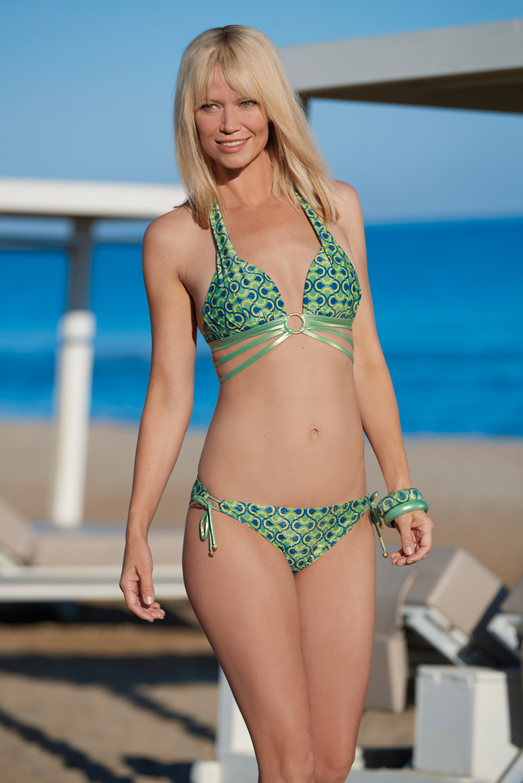
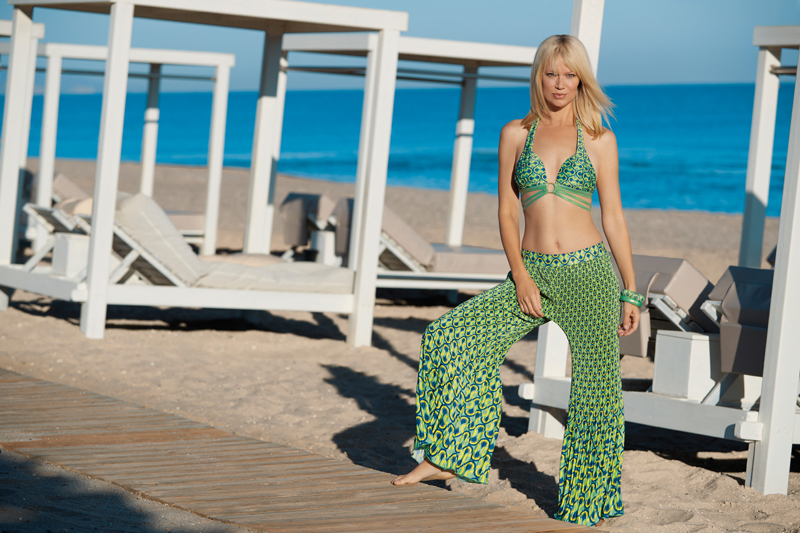
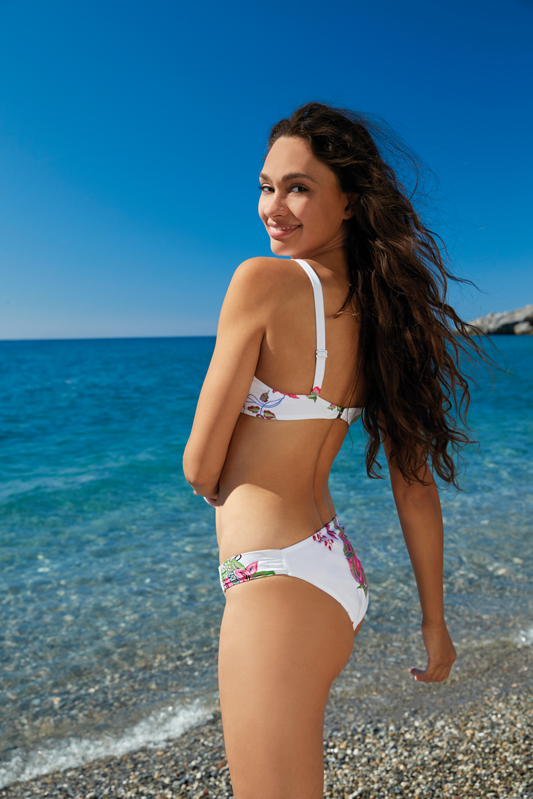
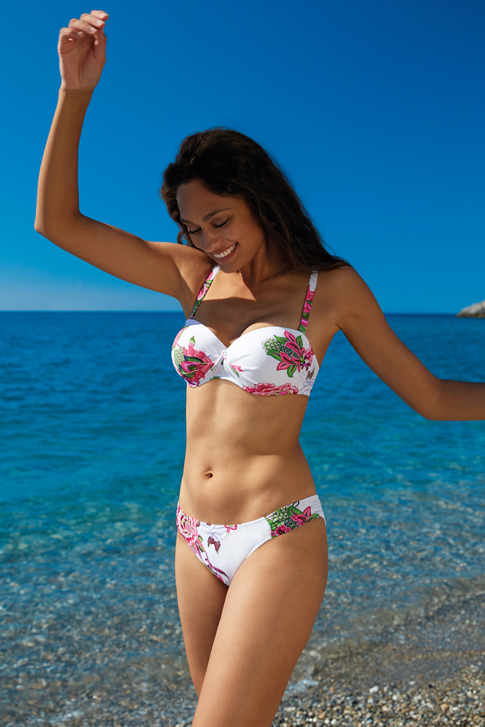
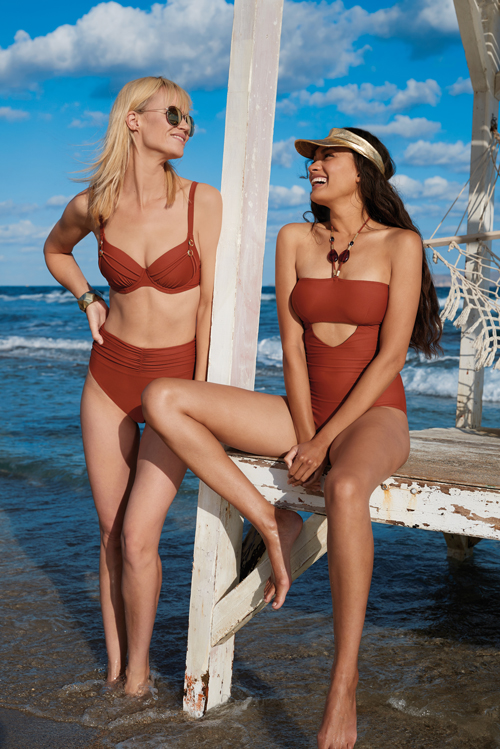
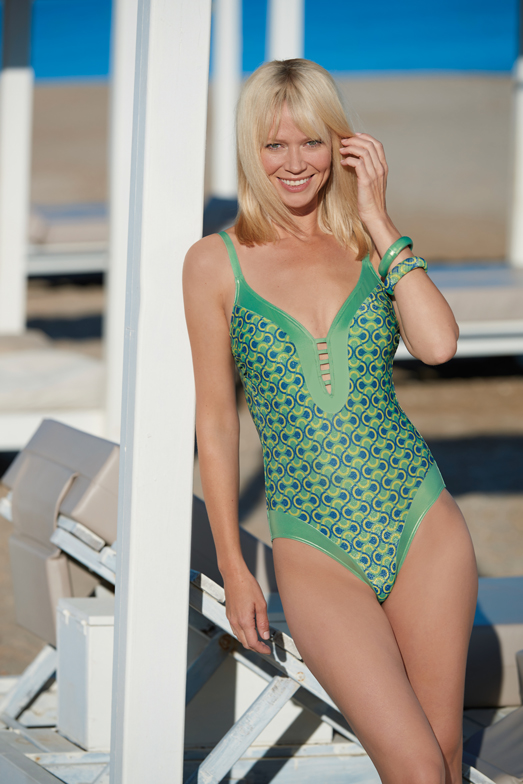
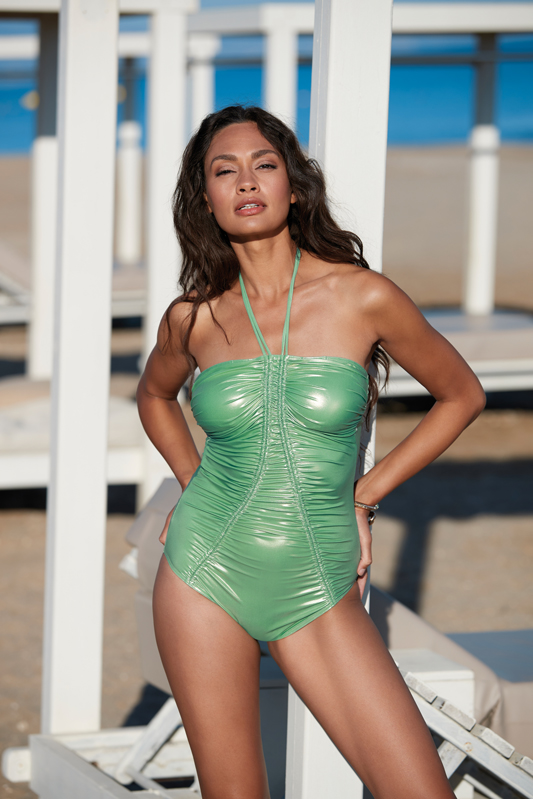
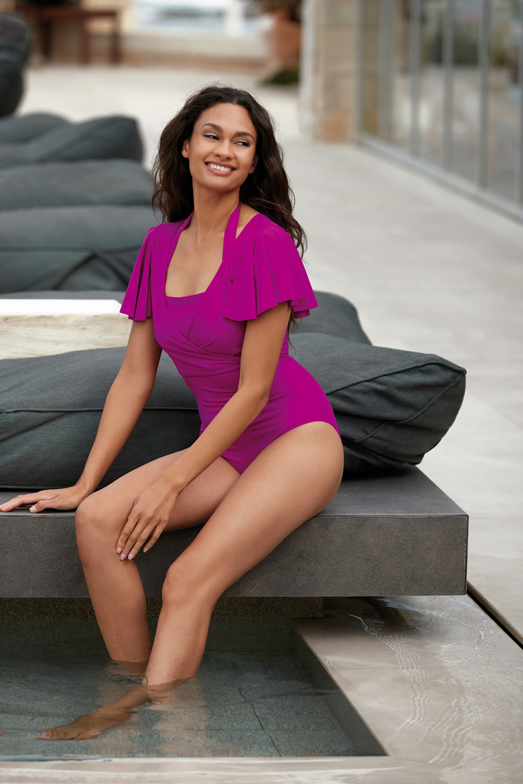

Sommer- und Bademode für jeden Anlass
Shorts, Tops, Kleider, Röcke Overalls, Bikinis, Badeanzüge oder doch mal ein ausgefallener Tankini? Bei SUNFLAIR® findest du jedes Kleiderstück für deinen perfekten Strandurlaub. Lust auf einen kleinen Snack an der Strandbar? Einfach eine luftige Tunika überwerfen und los geht’s. Finde bei uns dein neues Lieblingsteil, das dich und deine Figur in Szene setzt. Ob florales Muster oder schlicht und einfarbig: Dein perfekter Sommerlook ist garantiert dabei. Dabei setzen wir auf hochwertige Materialien und vielfältige Designs. Knielange Shorts oder doch lieber ein luftiges Maxikleid? Wir haben für dich die schönsten Cover-Ups für den Strand, einen Citybummel, eine Beachparty oder ein romantisches Dinner am Meer. Von elegant über sportiv und lässig bis hin zu verspielt und sexy. Unsere Mode ist der perfekte Begleiter im Urlaub und garantiert immer ein Hingucker. Der Sommer wartet auf dich!
Ob Bikini, Badeanzug oder Sommerkleid
SUNFLAIR® hat die Must-haves für deinen Sommer. Wir lieben feminine Looks und bunte Kombinationen genauso wie das Meer und Entspannung pur. Du auch? Genieße in einem lockeren Pareo deinen Cocktail und verleihe deinem Outfit mit den passenden Accessoires das gewisse Etwas. Eine praktische und zugleich elegante Tasche darf bei deinem perfekten Sommerlook natürlich nicht fehlen. Zur Abkühlung einfach mal kurz ins kühle Nass springen. Dabei sitzen unsere Bikinis und Badeanzüge perfekt – egal ob Triangel oder Bandeau. Wir bieten eine Vielzahl an Bademode – mit oder ohne Bügel, mit verstellbaren oder abnehmbaren Trägern und vielem mehr. Du fühlst dich in Shapewear am wohlsten oder liebst einen tiefen Rückenausschnitt? Stöbere doch einfach durch unser Sortiment und entdecke dein neues Lieblingsoutfit. So unkompliziert kann Strandmode für Damen sein!